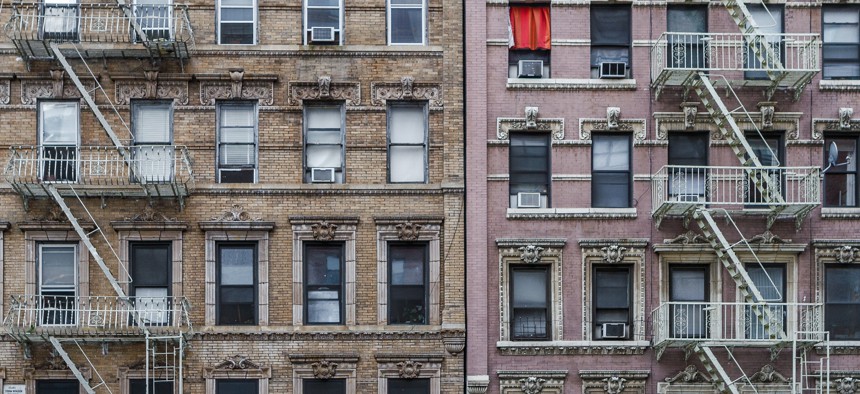Lawmakers in Albany are preparing to hear from advocates and officials on how the state budget should address issues surrounding housing. With the degree of attention housing has already received from the governor, it’s sure to attract significant interest.
But even as Gov. Kathy Hochul focuses on building new housing, problems from the pandemic continue to plague both tenants and landlords. Although money for the Emergency Rental Assistance Program has dried up, countless tenants are still drowning in arrears that they are struggling to pay. To solve the problem, a group representing the affordable housing industry is lobbying state officials to include $2 billion in new rental assistance to help cover remaining gaps.
The New York State Association for Affordable Housing is proposing what it is calling the Tenant Fund for Affordable Housing. It would only apply to buildings and landlords that have regulatory agreements on affordability with New York City and state housing agencies, a group of tenants that advocates say were left out of the original rent relief program. “A lot of the affordable housing and all of the public housing tenants either didn’t apply because they didn’t think they were eligible, or applied and were put in a pile on the side,” Jolie Milstein, CEO of the New York State Association for Affordable Housing, told City & State.
Unlike the Emergency Rental Assistance Program, the new proposed fund would have an option for landlords to apply for assistance without their tenants’ agreement, allowing that landlord to recoup some back rent even if the tenant does not agree to cover part of the cost. In that case, the tenant would receive no eviction protections and the landlord could receive up to half of the arrears owed for a year.
That option is only one of three, with the other two offering either total rent forgiveness to tenants, or partial forgiveness with eviction protections so long as both tenant and landlord agree. The first avenue would largely apply to the same group of people originally eligible under the federally-funded Emergency Rental Assistance Program – those with disabilities, a record of pandemic-related unemployment or tenants who qualified for ERAP but did not receive assistance because it ran out of money. The proposed fund would pay half of the rent owed for up to 18 months, with the landlord forgiving the other half and providing protections against eviction for the specific months covered.
The final option is for all other applicants with arrears from during the pandemic, even if they cannot show unemployment or other pandemic-related hardships. The fund would cover a third of the back rent, the tenant would be responsible for another third and the landlord would forgive the rest for up to a year with protections against eviction during the covered time. “What (landlords) really want is to find a way to pay as much of the arrears as possible,” Milstein said, noting that eviction won’t cover the debt. “Our members have agreed to take a haircut on those outstanding arrears.”
The proposal has the support of the Legal Aid Society, which represents low-income tenants facing eviction, including those living in affordable housing complexes that this fund would assist. “ERAP put the most vulnerable tenants last in line and left them at risk of eviction and homelessness,” Judith Goldiner, attorney in charge of the Civil Law Reform Unit at the Legal Aid Society, said in a statement. “The Tenant Fund for Affordable Housing would solve this challenge by finally eliminating arrears in a way that makes sense for everyone.”
In addition to the $2 billion that Milstein and other advocates are asking for, the fund would also include a separate stream of $500 million specifically for public housing tenants who fell behind on rent during the pandemic. That’s enough to fill the $447 million hole that the New York City Housing Authority tells state lawmakers it has from missing rent.


